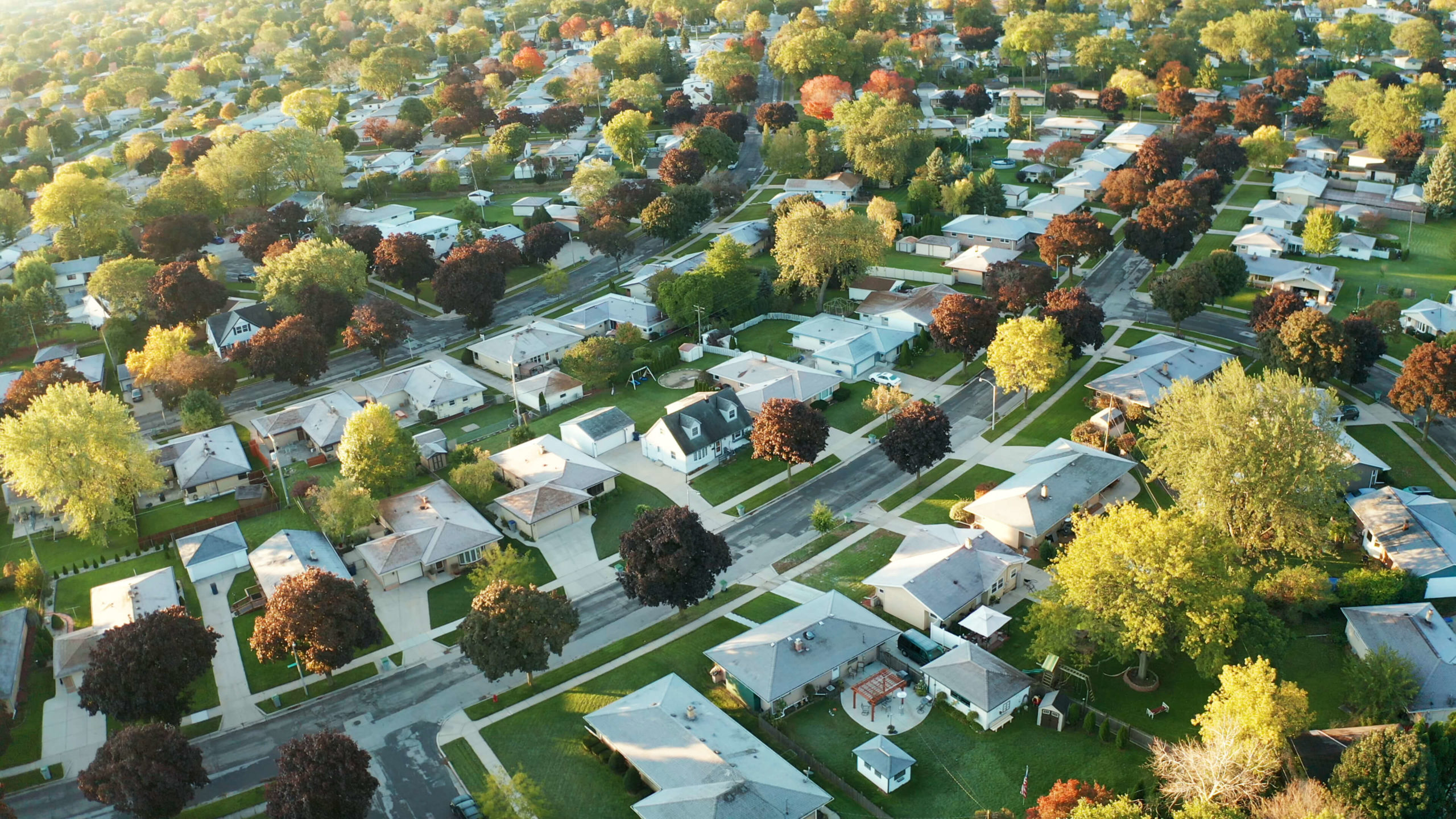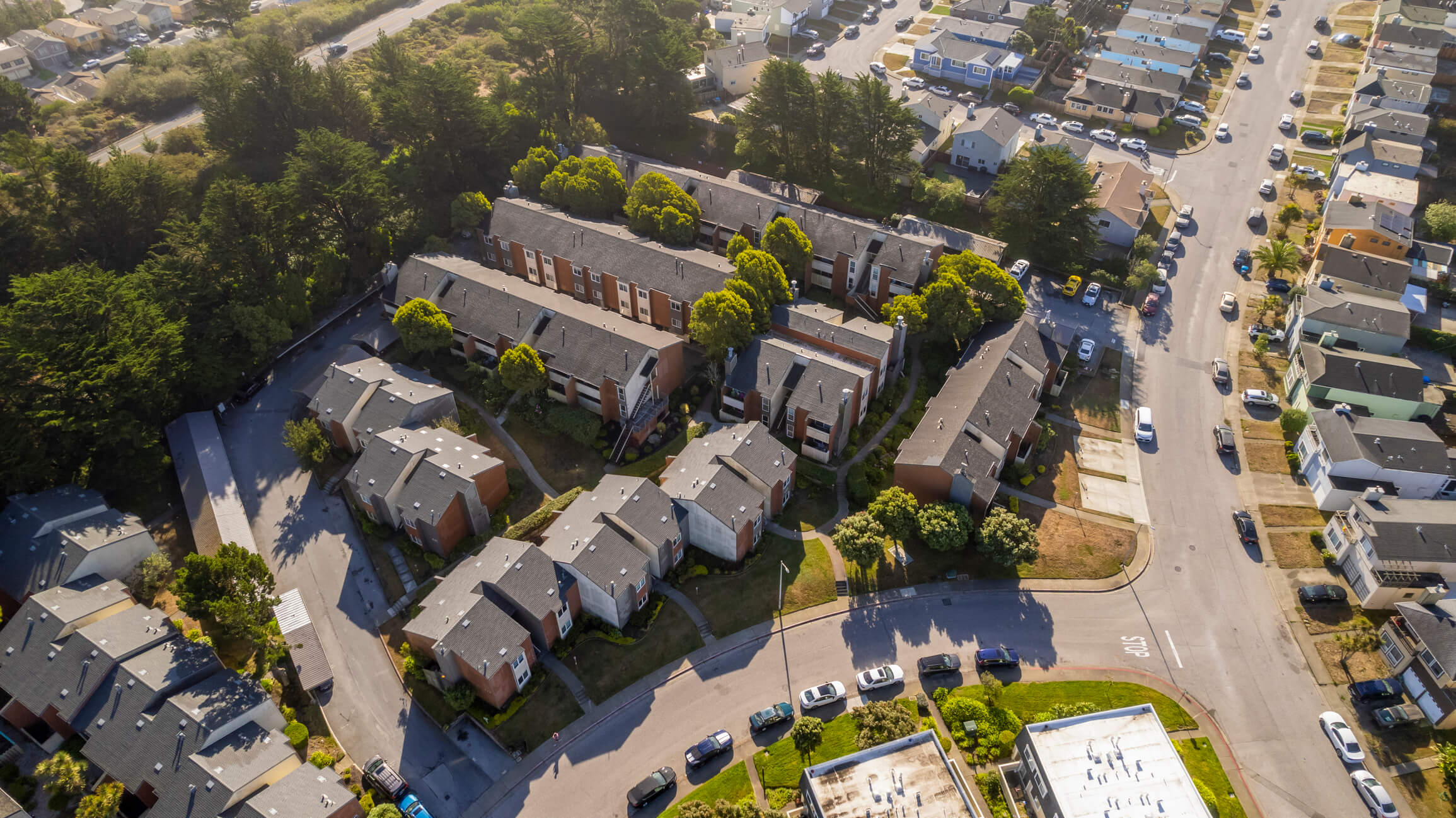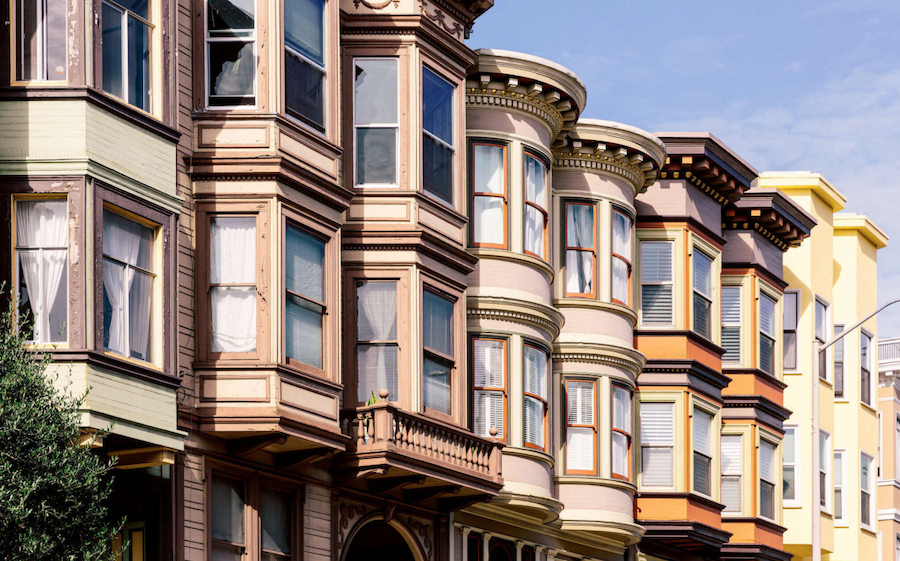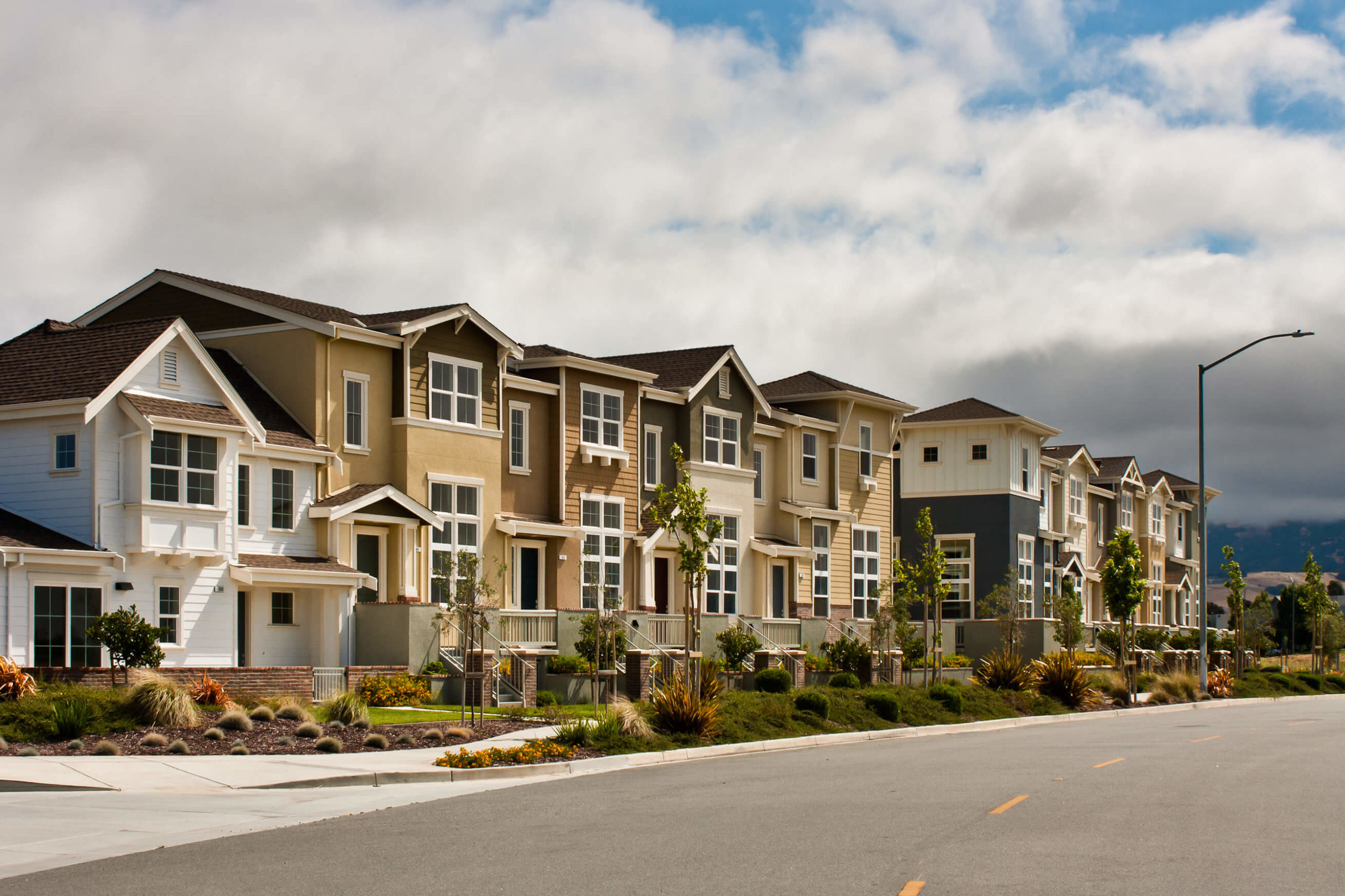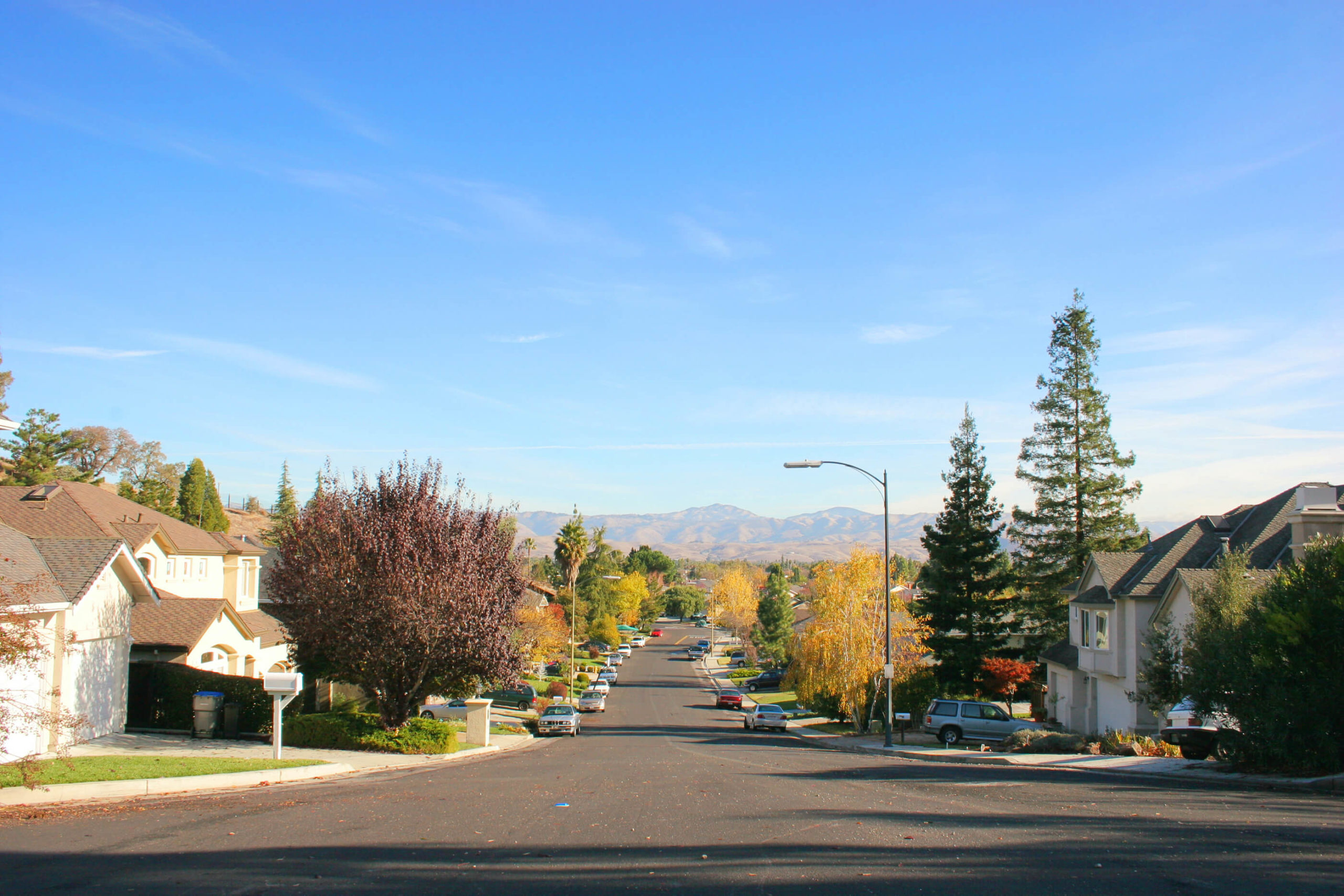By: Susan Shelley
Exactly one day after he survived a recall election, Gov. Gavin Newsom signed two bills that ended single-family zoning throughout California.
Senate Bill 9 allows single-family lots anywhere in the state to be split in two, so that there can be two houses and two accessory dwelling units on a lot that formerly was zoned for just one house. Under SB 9, cities are required to approve these lot splits “ministerially,” without any reviews, hearings, conditions, fees or environmental impact reports.
Senate Bill 10 allows cities to pass an ordinance that enables property owners to build up to 10 units, plus four accessory dwelling units, on any single-family lot that is within one-half mile of transit, defined as a bus route with frequent service during rush hours.
These laws have enraged many city officials. A multi-partisan coalition quickly formed around an effort to qualify an initiative for the ballot that would generally prevent state law from pre-empting local control of zoning and land use. Proponents are aiming to have it on the ballot in November 2024.
In the meantime, two lawsuits have been filed to try to get SB 9 and SB 10 overturned.
The cities of Redondo Beach, Carson, Torrance and Whittier filed a lawsuit in March against California Attorney General Rob Bonta and the State of California to “prevent the State of California from usurping a charter city’s land use authority, which is a uniquely municipal affair.” The state constitution authorizes charter cities—municipalities that have adopted their own local constitution —to “govern themselves, free of state legislative intrusion, as to those matters deemed municipal affairs,” or so said the California Supreme Court in a 2012 case known as State Building & Construction Trades Council of California, AFL-CIO v. City of Vista.
And therein lies the dispute. The state government enacted SB 9 in 2021 with the assertion that ensuring access to affordable housing was “a matter of statewide concern,” magic words that allow the state government to override a city’s control of municipal affairs.
But as the lawsuit points out, nothing in SB 9 requires any of the four units that can now be built on a formerly single-family lot to be affordable. “In very urbanized areas where housing demand and prices are high,” the cities argued, “SB 9 housing developments could be sold or leased at market rate prices, which would do nothing to address housing affordability.” They also predicted that deep-pocketed developers and institutional investors will be more likely than ordinary homeowners to take advantage of SB 9, resulting in higher land and home values, “making it harder for first-time homebuyers to get their foothold on the American Dream and further alienating lower-income households.”
SB 9 does allow cities to deny a project that would have adverse impacts related to public health or safety concerns, but Redondo Beach and the other cities make the point that while the cumulative effect of quadrupled density on multiple properties in a neighborhood could have a public health or safety impact, the cities are not allowed to consider the cumulative effect. They have to approve each project as if none of the others existed.
“The addition of up to four times as many families in existing neighborhoods will undoubtedly impact schools with increased class sizes, exacerbate traffic congestion, and create parking deficiencies,” the cities argued. “There will also be increased need for water and sewer capacity, use of utilities, maintenance and replacement of physical infrastructure, and demand for emergency access and response.” (Too many cars parked on narrow streets can impede emergency vehicles.)
Can the state declare the need for affordable housing to be a matter of statewide concern and then override local control to implement a law that does nothing to address the need for affordable housing?
We’ll find out. Attorney General Rob Bonta filed an answer to the cities’ complaint in which he denied everything. Next step: a trial setting conference on July 12.
The cities of Lakewood and Rancho Palos Verdes filed a separate lawsuit seeking to overturn SB 9. These municipalities are “general law” cities without charters, so the legal arguments are a little different.
There’s another lawsuit in the courts seeking to overturn SB 10, the law that allows cities to pass an ordinance enabling property owners to build 10-unit apartment buildings on any single-family lot, by right, if it’s within one-half mile of a busy bus stop or other transit, or in an urban infill area. This lawsuit was filed by the AIDS Healthcare Foundation and joined by the city of Redondo Beach. The argument in this case centers on the provision in SB 10 that allows a city’s new 10-unit-density ordinance to override voter-approved initiatives that conflict with it, as long as the ordinance is passed by a two-thirds vote.
The state won round one in this fight. Los Angeles Superior Court Judge James Chalfant ruled that SB 10 can override a local (not state) initiative passed by the voters. Redondo Beach and AIDS Healthcare Foundation are appealing the decision.
In other words, this fight isn’t over. If you’ve already woken up to the sound of jackhammering on your formerly quiet street, or if you’ve seen construction fences go up around nearby homes, brace yourself, because the density of your residential neighborhood is about to be changed forever. If that doesn’t make you happy, you’ll be glad to know that a lot of people are fighting to protect single-family neighborhoods from one-size-fits-all zoning changes imposed by Sacramento politicians.
The proposed 2024 initiative that would restore and protect local control of zoning is called Our Neighborhood Voices. You can find more information about it at OurNeighborhoodVoices.com.
Write Susan at Susan@SusanShelley.com and follow her on Twitter @Susan_Shelley

